Of all the vegetables one can cultivate, radishes are one thing that’s always in abundance in my garden.
I love their top-to-tail usefulness in the kitchen and grow them year-round for the greens as well as the roots (and even the flowers as well as the seed pods—yep, all edible).
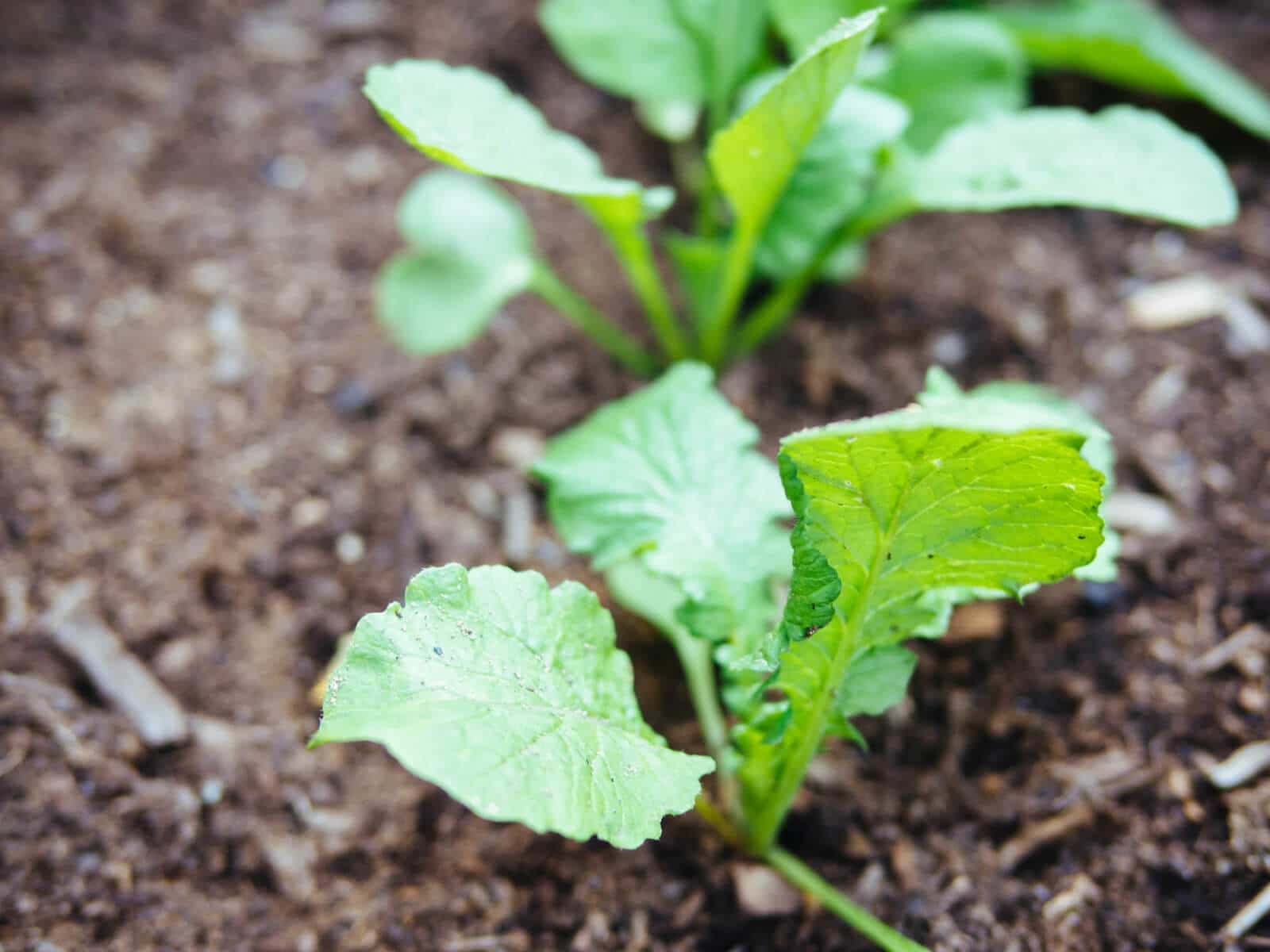

When the first sign of fall arrives, those tight little bunches of palm-sized orbs start to make way for larger, starchier roots like black radish, watermelon radish, and daikon—or what are known as winter radishes.

While spring radishes (like White Hailstone, Purple Plum, and Cherry Belle) go from seed to harvest in a span of four weeks or less, winter radishes take twice as long to mature, from eight to ten weeks. They’re sowed in late summer or early autumn and grow to size before winter sets in—ideal for winter storage, hence their name.
In warm winter climates, you can even keep them going all season by succession sowing into spring. Because they grow over a long period, similar to turnips, they offer a greater harvest and are much more versatile in the kitchen. While you wait for the roots to swell, you can use the tops in recipes that call for chard or beet greens.
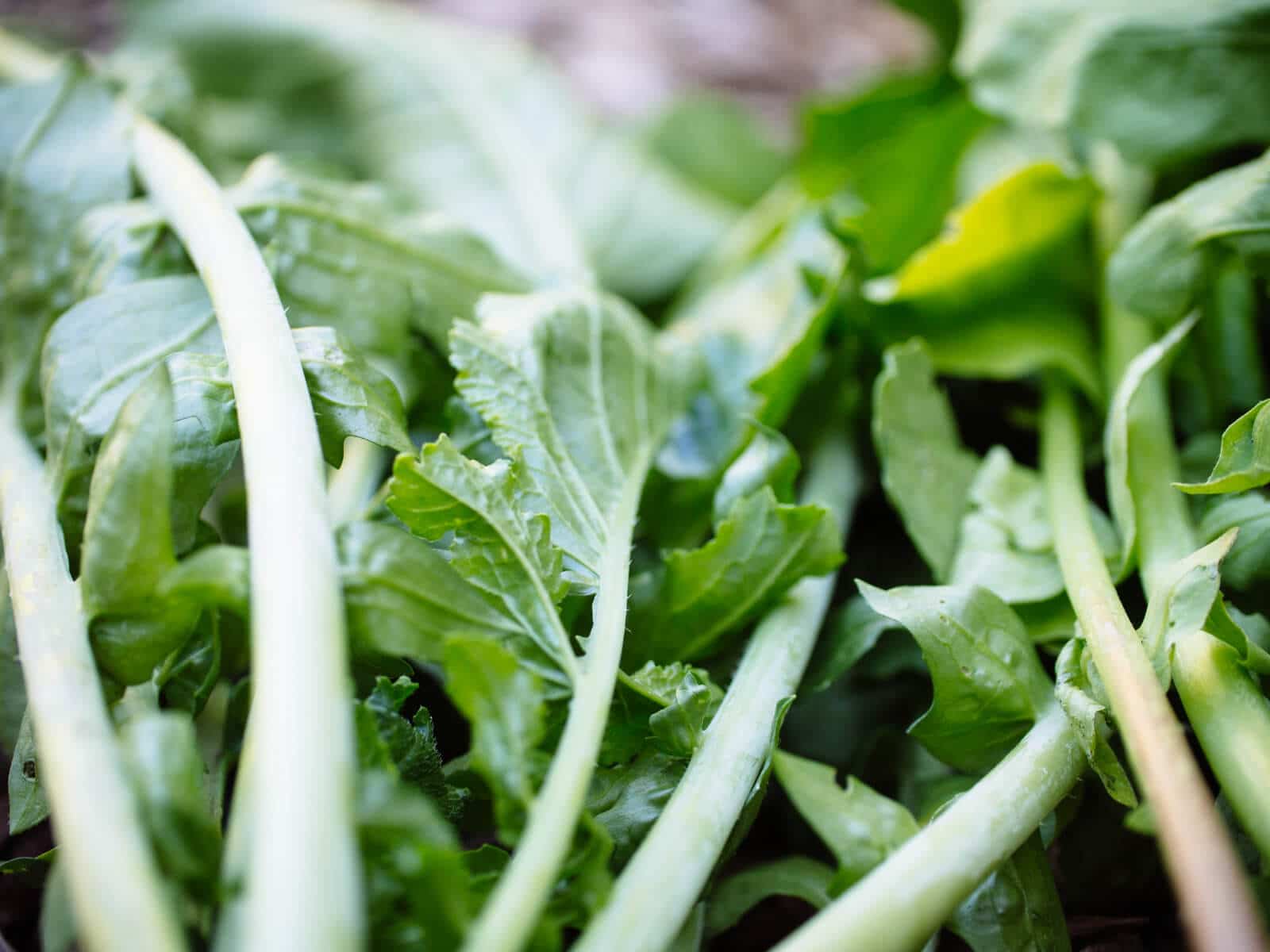
Texture- and flavor-wise, winter radish greens are similar to Swiss chard, tender and mild. You can start picking a small handful of leaves from each plant just a few weeks after it sprouts (and before it matures) without affecting growth.
The younger, smaller leaves are excellent in salads and stir-fries, while the sturdier, larger leaves cook down beautifully in soups and sautes.
The roots themselves can be harvested when small and immature for immediate eating, but they’re just as good two or three months later—fresh and crisp, with none of the bitterness or pithiness that often plagues their overripe spring cousins. They’ll simply keep growing and growing, so don’t be surprised if your winter radish suddenly resembles a softball… or even a volleyball!
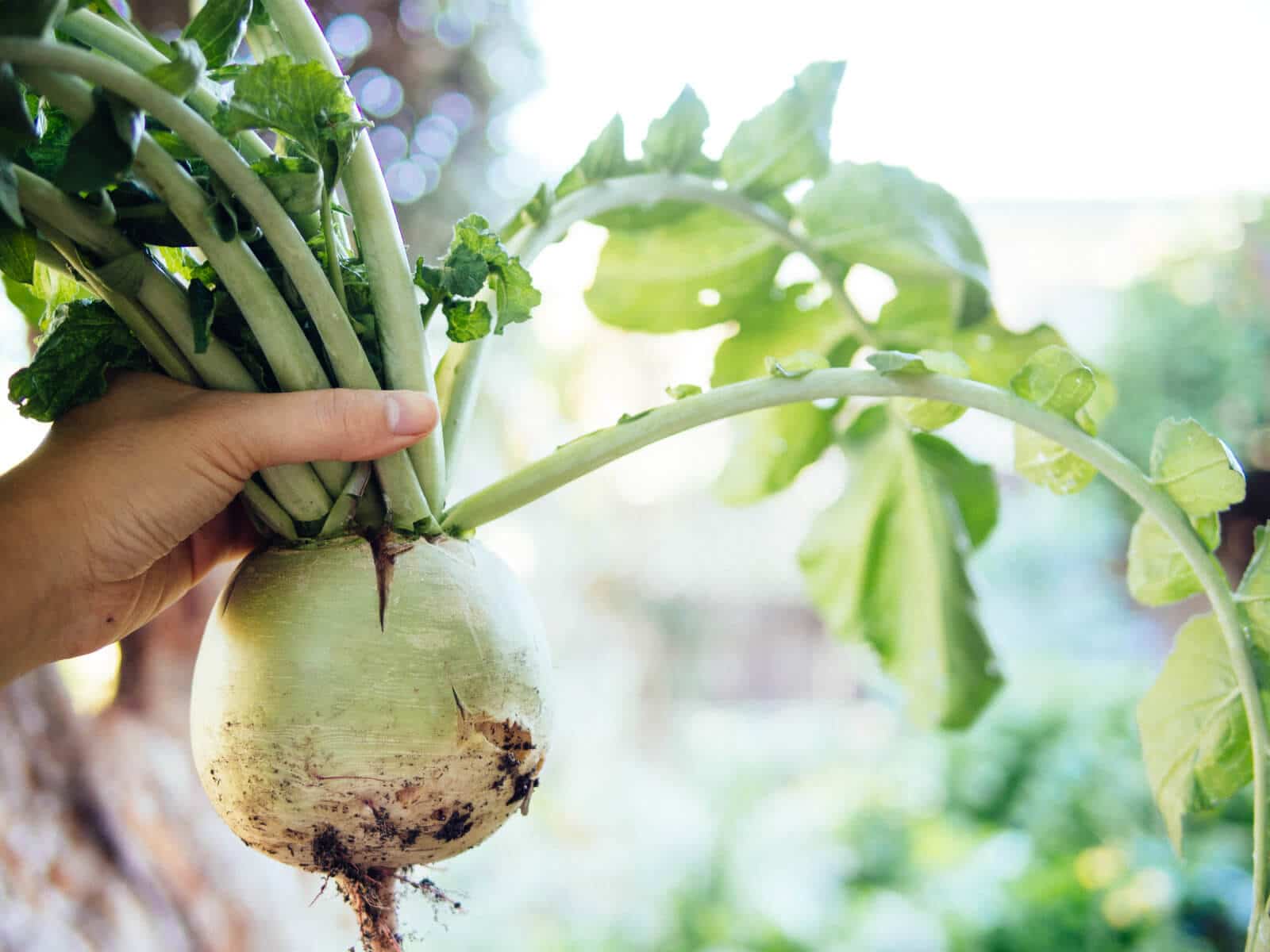
They store very well right where they’re planted (as long as the soil isn’t frozen). Winter radishes crave the cold, so they also keep nicely in cold basements and refrigerators for months at a time.
To keep them firm in the fridge, I remove the greens and store the roots in plastic bags or wrap them in damp towels. They maintain their crispness for at least a month this way (and possibly longer, though by that time, I’ve eaten them all).
Compared to winter types, spring radishes seem to come and go in the blink of an eye. They grow so fast that they can be planted between rows of other crops, then picked before they’re shaded by their neighbors.
On the flip side, spring varieties only keep for a week in the fridge—a trade-off for that instant gratification.
Whenever someone asks me about an easy plant to start from seed for a novice gardener, I always recommend spring radishes! It’s such a confidence booster to see the first sprouts within a few days and a fully-grown crop within a few weeks.
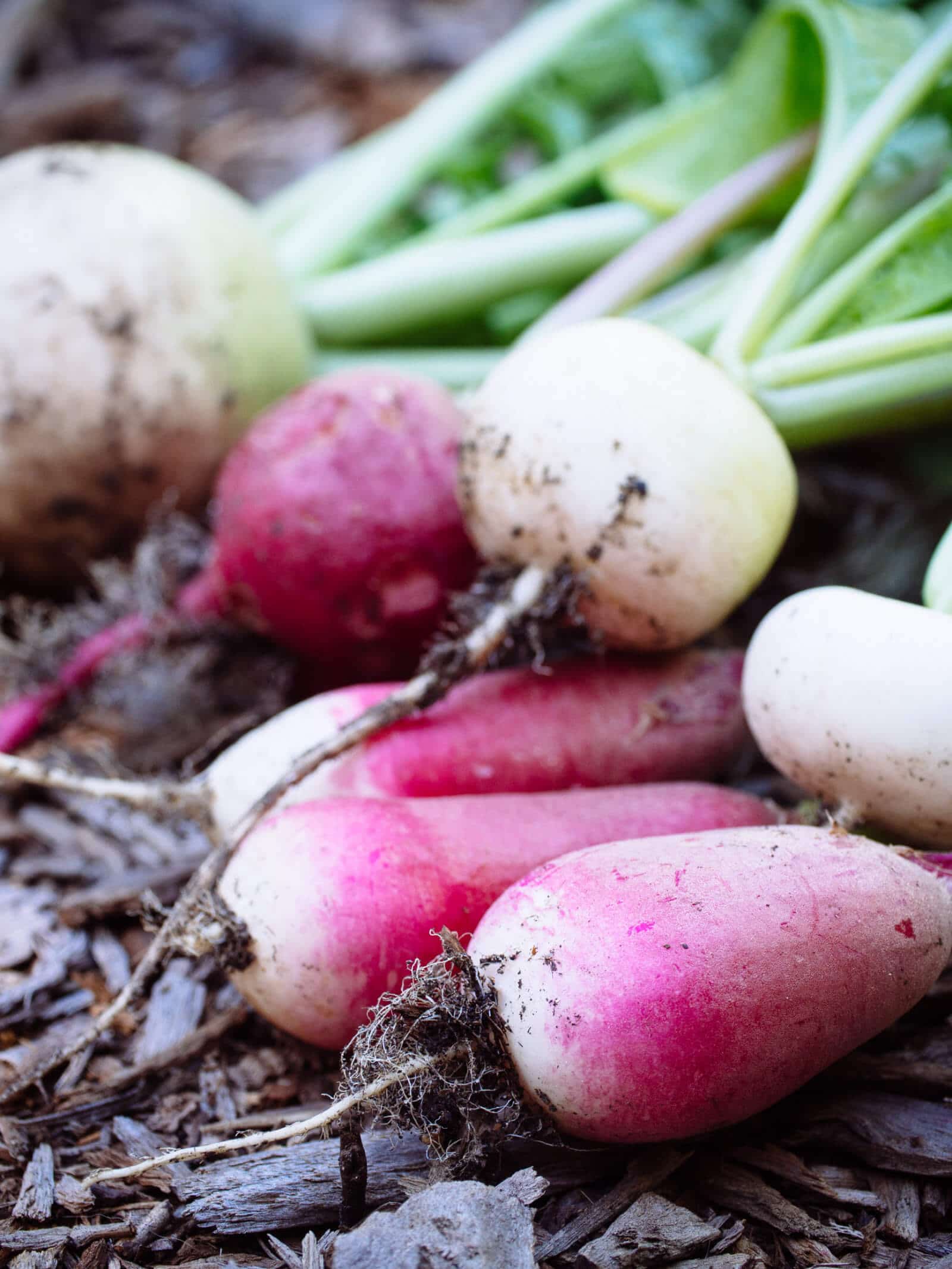
Spring radish greens aren’t nearly as abundant as winter varieties, but they are soft, small, and ideal for stuffing into sandwiches. They have a mild bite and a slightly fuzzy texture, which may or may not be noticeable to some.
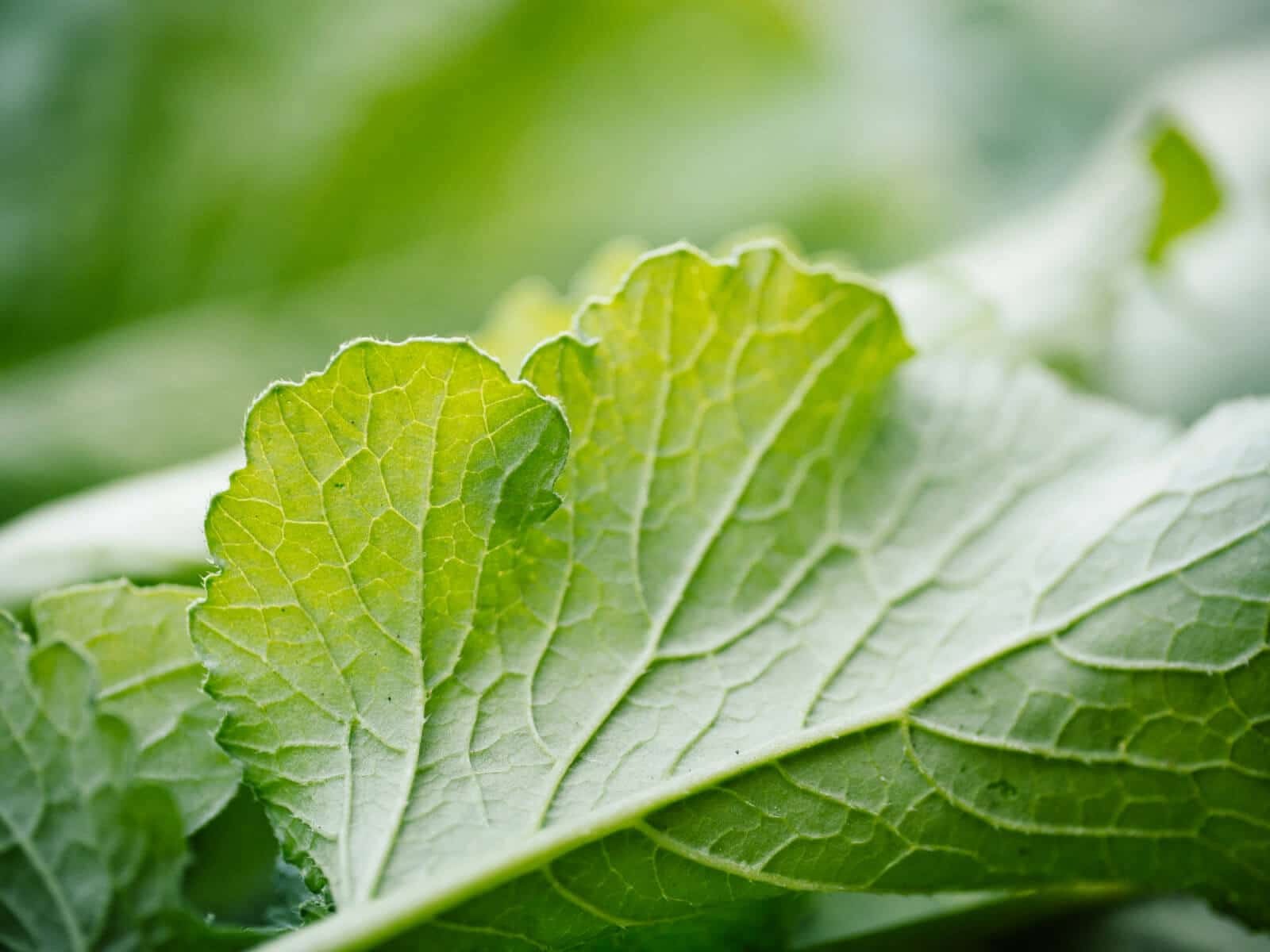
The plants produce roots in spring and fall (and even in winter in mild climates or under cold frames), but struggle in summer when the days are long. As soon as hot weather sets in and sunlight stretches to 10 or more hours a day, spring radishes instinctively bolt and send up flower stalks filled with seed pods.
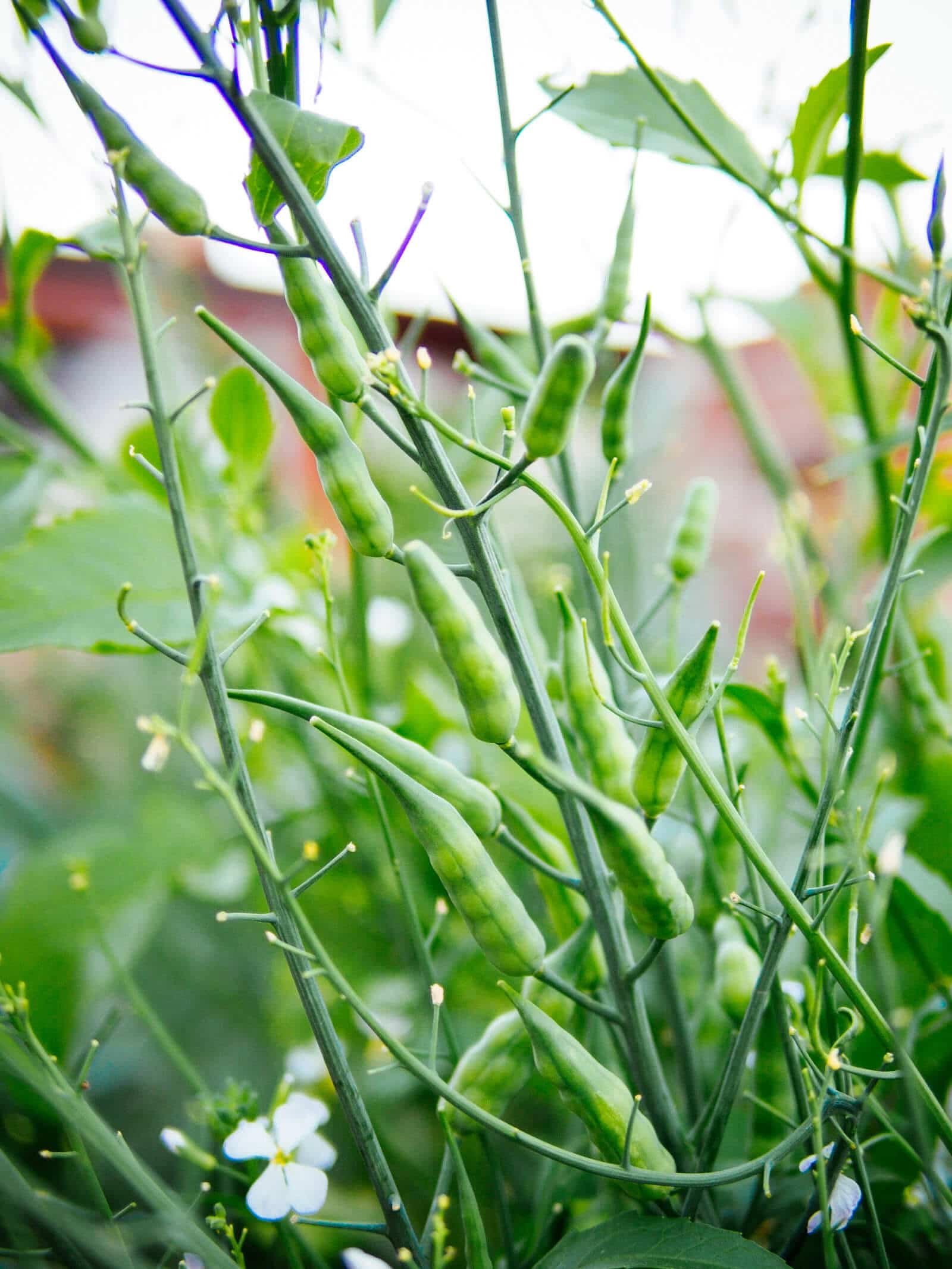
Their growth may be stunted, or their flavor off if left to mature over summer. If the roots feel fibrous when you give them a good squeeze, they’re too far gone to be edible.
There’s an in-between type that fares better during the hottest part of the year and it’s called, by no coincidence, a summer radish.
Heirloom varieties like Giant of Sicily and White Icicle more easily form a root in mid-summer, though they still benefit from a little shade in harsh afternoon sun. Size-wise, they fall somewhere between small spring radishes and hefty winter radishes, with the tops proportionate to the roots.
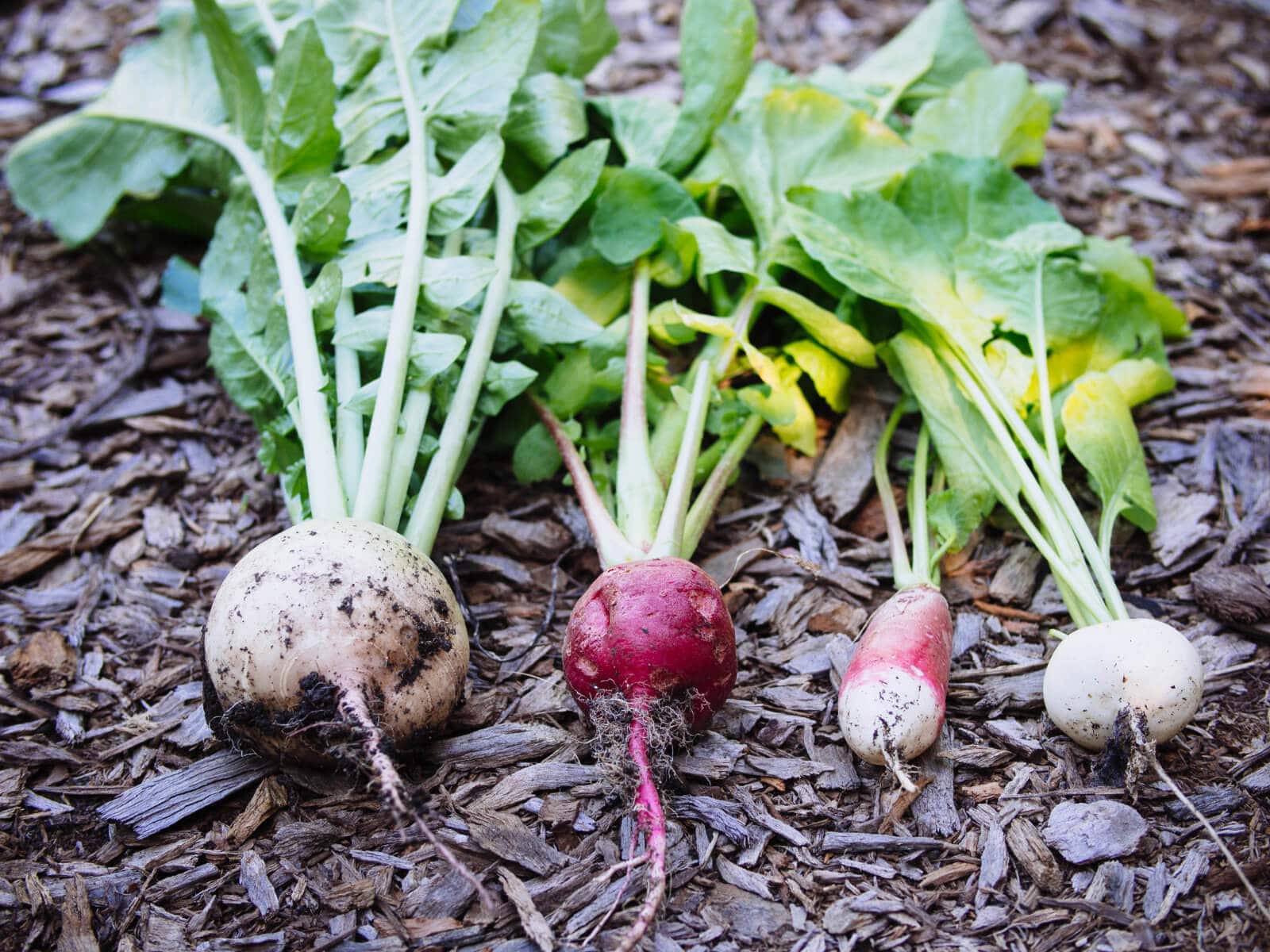
Sometimes you can “trick” a late-maturing spring radish (like French Breakfast) into acting like a summer radish by growing it in dappled light, or shading it in the afternoon so it gets no more than eight hours of sun per day. It’s less likely to bolt and tolerates heat more than other spring varieties. (Though radishes, on a whole, thrive in cool temperatures and moist conditions.)
If winter forces you to take a break from the garden outside, you can still grow radishes inside. (Because who doesn’t love an infusion of green when the days turn dreary?)
Spring radishes are great, quick-growing container plants, and need only two inches of spacing between seeds and six hours of sunlight per day.
Radish sprouts (grown in soil or sprouted in a jar) make a spicy and tasty alternative to the typical alfalfa; they’re ready to eat in just seven days at the microgreen stage.
For more ideas in the kitchen, check out a few of my favorite radish recipes:
- Potato and Radish Leaf Soup
- Pea Shoot Salad With Radish and Carrot
- Vietnamese Daikon and Carrot Pickles (Đồ Chua)
- Quick Pickled Sweet ‘n Spicy Radishes
- Radish Seed Pods (and Some Pickles)
View the Web Story on winter radishes vs. spring radishes.


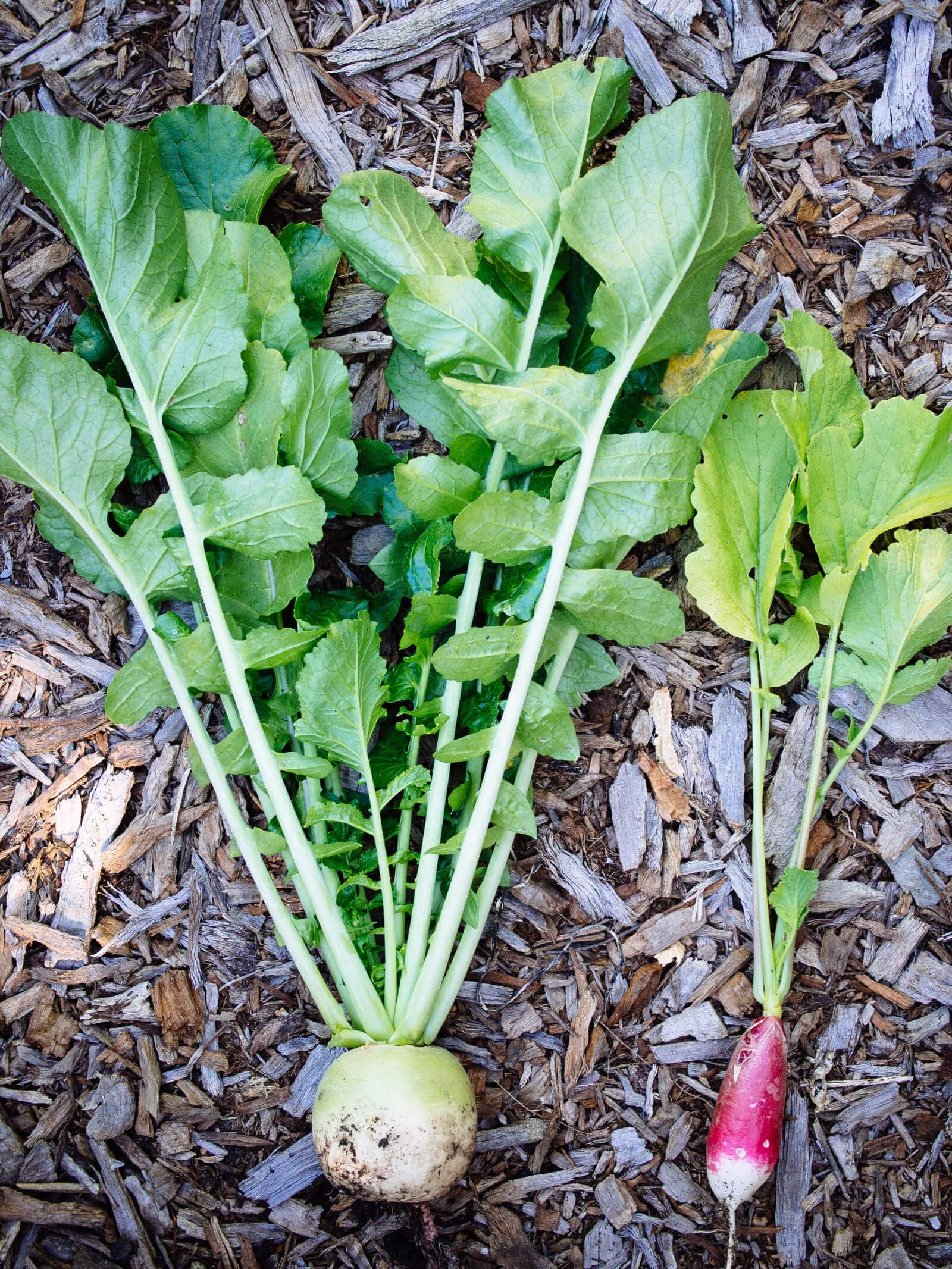
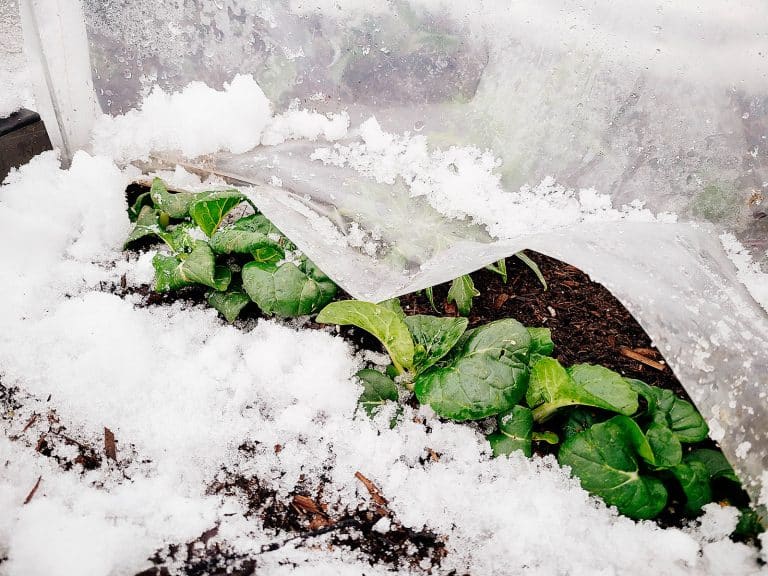
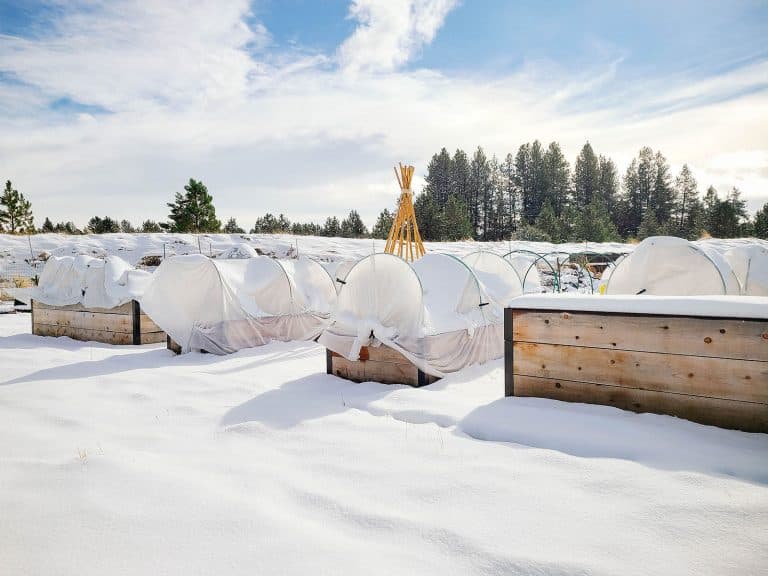
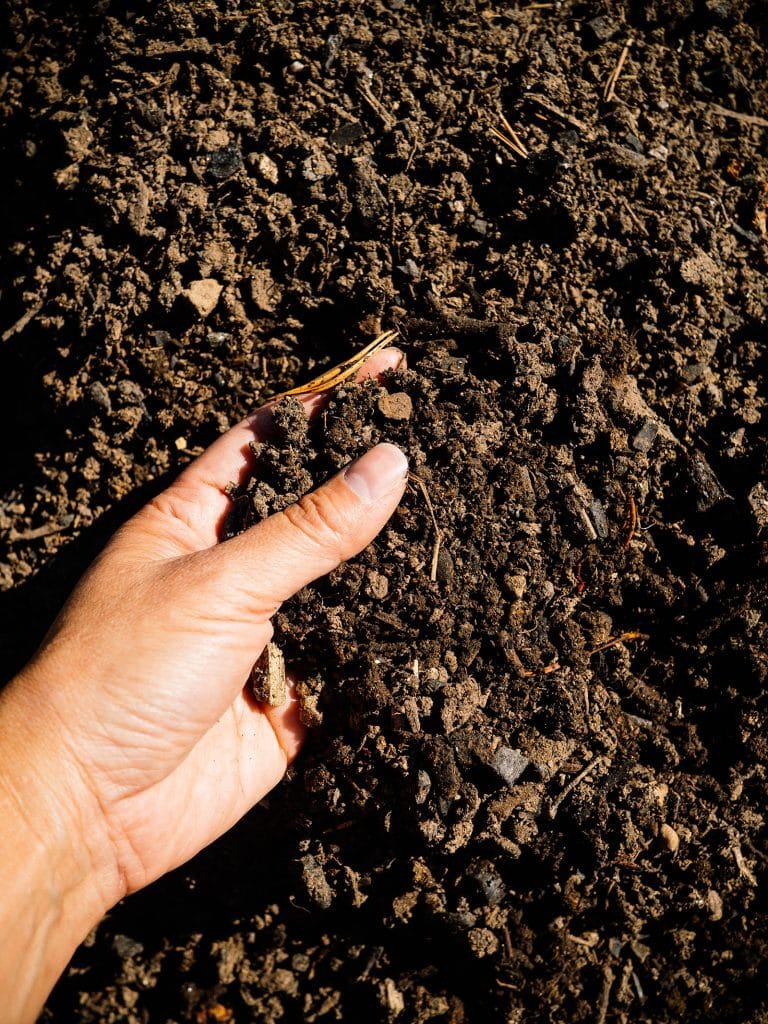
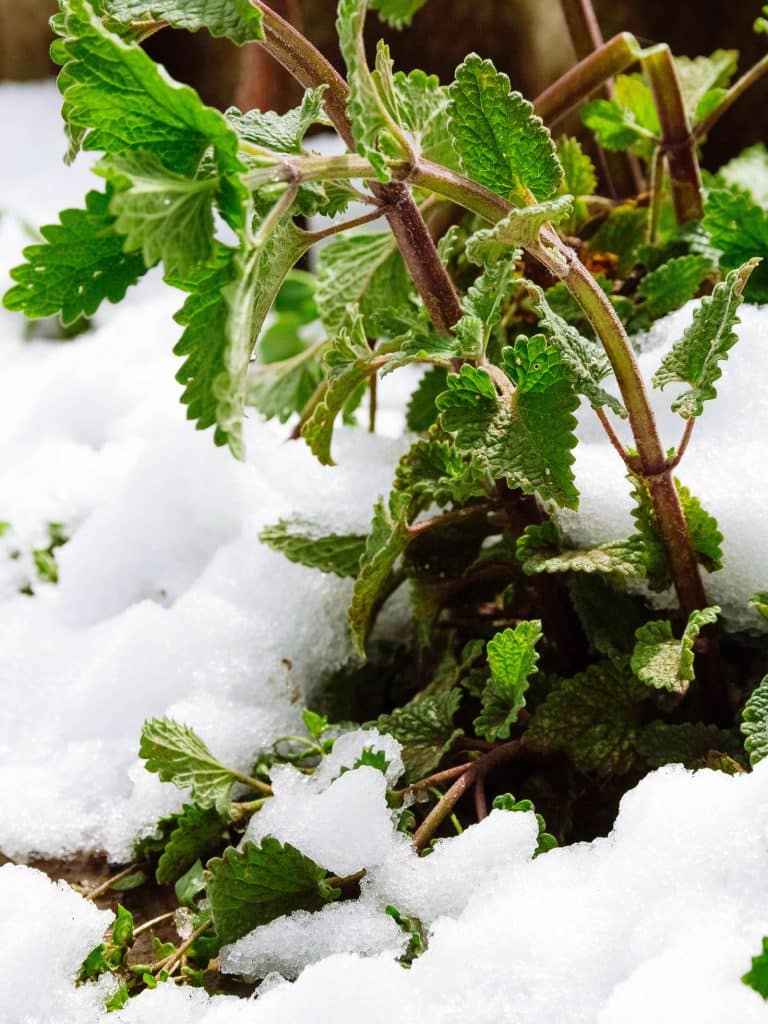









I have a packet of Red Beauty Radishes, the package says to not plant in the spring. Any direction as to why? I have a school garden and had planned to plant them with our early spring crops.
I assume it’s a winter radish that takes a couple months to reach maturity, so it probably needs to be planted in late summer for the plant to mature in fall when the weather is cooler.
RT @theGardenBetty: My favorite top-to-tail vegetables! Winter Radishes Versus Spring Radishes https://t.co/e3aHA4dRFL #gardenchat https://…
RT @theGardenBetty: My favorite top-to-tail vegetables! Winter Radishes Versus Spring Radishes https://t.co/e3aHA4dRFL #gardenchat https://…
My favorite top-to-tail vegetables! Winter Radishes Versus Spring Radishes https://t.co/e3aHA4dRFL #gardenchat https://t.co/0dunslX2ZT
RT @theGardenBetty: Learn how they differ and what you should be growing right now. Winter Radishes Versus Spring Radishes https://t.co/G5J…
Learn how they differ and what you should be growing right now. Winter Radishes Versus Spring Radishes https://t.co/G5Jj2VzMcT #gardenchat
Know your radishes! Winter vs spring radish: https://t.co/mEPkUHp0vZ via @theGardenBetty
We often think of radishes as spring vegetables, but winter types (like daikon) are among my favorites. https://t.co/xqHSlk6XfF #gardenchat
RT @theGardenBetty: You can grow radishes year-round for the roots, leaves, flowers and seeds. Winter Radishes Versus Spring Radishes https…
You can grow radishes year-round for the roots, leaves, flowers and seeds. Winter Radishes Versus Spring Radishes https://t.co/J3IC0ZnV9l
Mark Thorpe liked this on Facebook.
Linda Thorpe liked this on Facebook.
Michele Ross liked this on Facebook.
Laura Willson liked this on Facebook.
Gardenerd.com liked this on Facebook.
Robert A. Udy liked this on Facebook.
Mariana Lucca liked this on Facebook.
Martina Trenholm liked this on Facebook.
Digging with Dana liked this on Facebook.
Ellen Riingen liked this on Facebook.
Laura Kassler Gaines liked this on Facebook.
Marc Desgraves liked this on Facebook.
Mallory L. N. Johnson liked this on Facebook.
Winter radishes, spring radishes, even summer radishes… learn the difference and when to grow them! https://t.co/pDjck3v3yD #gardenchat
Peggy Su Besco liked this on Facebook.
Randall S. Winkler liked this on Facebook.
Michael Martino liked this on Facebook.
Alexis Smith liked this on Facebook.
Hilary Quinn liked this on Facebook.
Dean Elliott liked this on Facebook.
Meagan Levins liked this on Facebook.
Blogged on Garden Betty: Winter Radishes Versus Spring Radishes https://t.co/HNw6WAdPd0